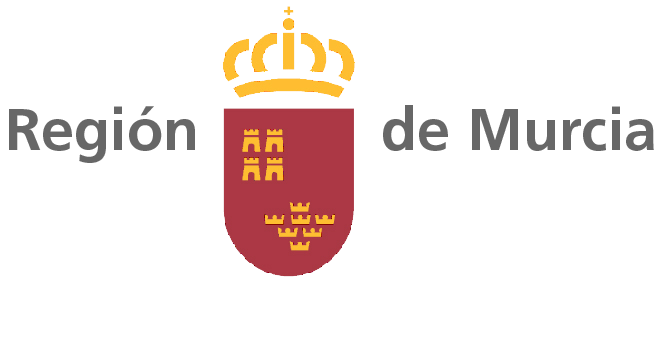European conference on educational research - "education and cultural change"
THEORICAL FRAMEWORK
The analysis of the relation between motivation and learning strategies used by students has been carried out in various different contexts and in a number of research studies following the SAL model (Student Approaches to Learning). Such relation influences directly the quality of learning outcomes (Biggs, 1978, 1984; Watkins, 1988; Kember y Gow, 1990; Hernández Pina et al, 2002; etc.).
PREVIOUS RESEARCH STUDIES
Previous research studies agree that approaches to learning are made up of two components: a motivational component which reveals the motives that encourage students to study, and a strategic one which seems coherent with the motives mentioned.
THE PRESENT STUDY
The present study is based on the data collected by means of a Questionnaire on Approaches to Learning on Students of Primary and Secondary Education (Maquilón and Hernández Cantero, 2008). According to Biggs (1984), the analysis of motivational and strategic congruence entails two aspects; the first one is to check whether students with a particular motive use strategies associated to such an approach. The second aspect focuses on contrasting whether congruent motives and strategies are more effective than non-congruent ones in learning procedures.
OBJECTIVES
The main objective of this study is to analyse approaches to learning and the congruence between the motives and strategies that make up those approaches during the final stage in Primary Education and the role of teachers and parents in the quality of learning. For this purpose we analyse the existing correlation between the subscales (motive and strategy) of each of the three approaches to learning, including the degree of significance, that is, whether there are significant differences between crossed variables. In order to analyse the congruence between the motives and the strategies, the Pearson correlation was carried out between motives and strategies for each of the approaches.
METHODOLOGY
The design employed in our research can be defined as non-experimental quantitative, or more specifically, as a descriptive correlacional design. It should be noted that the researchers preferred the survey among the descriptive methods.
The instrument used in this research was a Questionnaire on Approaches to Learning used by pupils of Primary and Secondary Education specially adapted from Biggs¿ Learning Process Questionnaire (LPQ) by Maquilón and Hernández-Cantero (2008) for this study. This tool was validated prior to its application. The questionnaire was made up of 30 items that allow assessment of the motives and strategies used by students in each of the three approaches to learning. Participants involve 296 pupils of Primary Education of ages between 10 and 13.
EXPECTED OUTCOMES
About the instrument
In the light of the results obtained, we observe that the superficial scale (0.304) is the least consistent when analyzing the congruence between the subscales of each approach to learning. The subscales of the deep approach are more consistent (0.491), allowing us to define this congruence as acceptable.
Reliability: .78 (Cronbach¿s Alpha) and Bigg¿s LPQ is .79.
About the participants
Most participants use a deep approach to learning. Girls are best at using a strategic approach.
The level of education of parents correlates positively with the deep approach to learning.
There is a noticeable difference in the approach to learning used by pupils according to the kind of school students attend (whether state or private). The kind of teaching teachers perform influences the type of approach to learning of pupils.
An improvement in the

